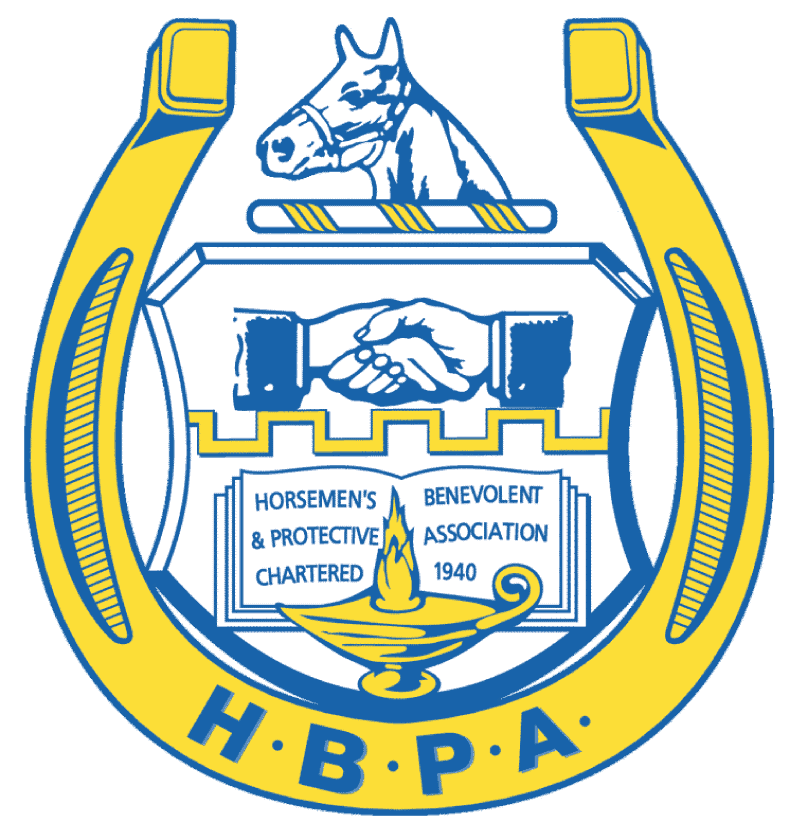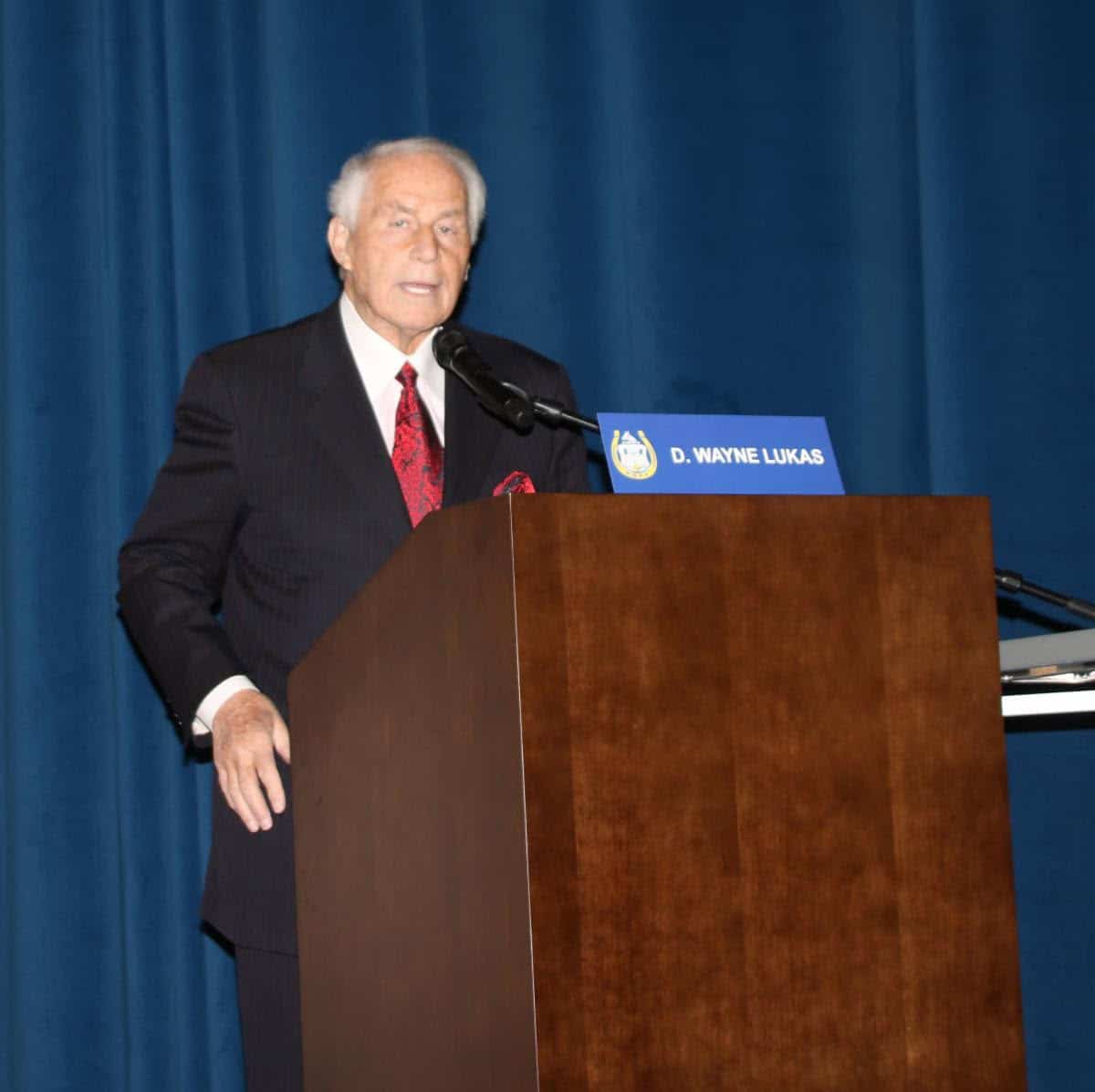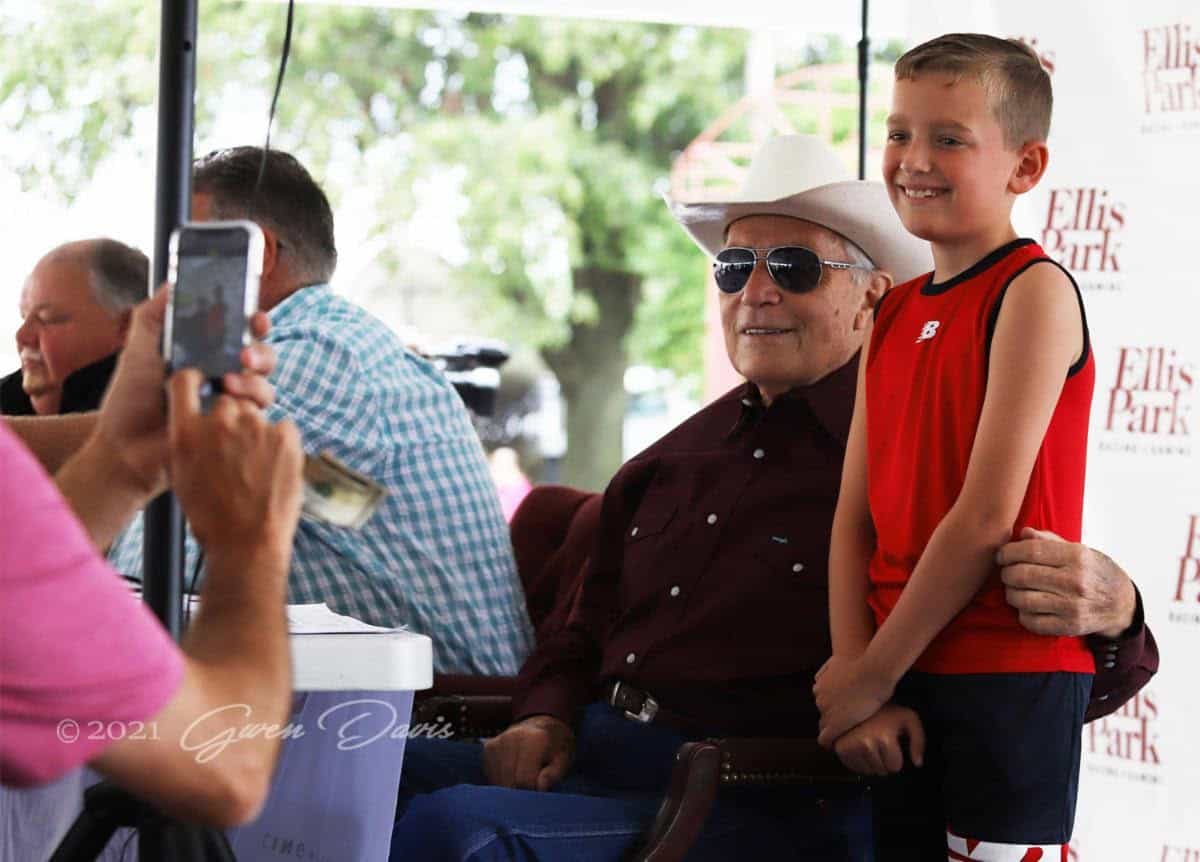Welfare & Safety of the Racehorse Summit VII: Efforts Continue to Bear Fruit
 From Jockey Club news release
From Jockey Club news release
Posted: 6/29/16
The seventh Welfare and Safety of the Racehorse Summit concluded late Tuesday afternoon at the Keeneland Sales Pavilion in Lexington, Ky., following 12 reports on topics ranging from racing surfaces, equine injuries and rider safety to nutrition, biosecurity, and respiratory health for horses.
The summit, which is organized and underwritten by Grayson-Jockey Club Research Foundation and The Jockey Club, drew approximately 200 observers as well as an international audience who watched a live video stream.
A video replay of the summit and several of the presentations is available on the Grayson-Jockey Club Research Foundation website (grayson-jockeyclub.org).
The summit once again was free and open to the public and attracted a cross-section of representatives from the world of Thoroughbred breeding and racing, including owners, breeders, horsemen, regulators, veterinarians, racetrack officials, jockeys and media. The live audience also included students from the Kentucky Equine Management Internship program, the North America Racing Academy, and the University of Queensland (Australia).
Among the highlights:
Dr. Tim Parkin, an epidemiologist from the University of Glasgow’s School of Veterinary Medicine, shared some insights regarding the dramatic drop in fatal injuries in 2015 compared to previous years.
“We now have seven full years of data in the Equine Injury Database
Among his findings were that racing horses at a young age reduces the chance of fatal injury.
“The vast majority of studies find that it is good thing and I’m not aware of any studies that say the opposite,” Parkin said. “We also noticed that the number of starts by 2-year-olds increased as fatality rates dropped.”
In addition, a lower risk of fatal injury was found with horses that stay longer with the same trainer, have more time off between races, and race farther than 6 furlongs.
“Our collective efforts are beginning to bear fruit,” Parkin said. “We have seen significant improvement even with a lot of unknown variables. I would urge tracks to continue to report complete data and for those tracks to study their own data.…There is a greater awareness of importance of Thoroughbred welfare and continuous marginal gains are important.”
Parkin also encouraged the sharing of vet lists and the harmonization of medication regulations.
“We started from a standstill and the database has grown quickly,” he said. “It’s very exciting to see the positive impact the EID and subsequent analysis is starting to have.”
Bill Casner, a Thoroughbred owner and breeder, covered respiratory and airway health and talked about steps he has taken to improve environmental conditions for his horses.
Dr. Mick Peterson, executive director of the Racing Surfaces Testing Laboratory, discussed track surface design and its relationship to the Equine Injury Database.
“Our goal is to make dirt surfaces consistently safe and reduce the risk to horses and riders,” he said. ”We now have a Management Quality System that includes track design data, track inspection data, and track maintenance data. And we can make racing safer when we study the Equine Injury Database, the Jockey Injury Database and the Management Quality System together.”
Later in the program, Dr. Christopher Kawcak of the Orthopedic Research Center of Colorado State University discussed how biomarkers could be used to prevent catastrophic injuries. He said that biomarker analysis for equine injury risk requires sequential diagnosis over time via various imaging techniques.
Sue Finley, senior vice president and co-publisher of Thoroughbred Daily News, moderated a panel of retired jockeys including Gunnar Lindberg, now a Canadian racing official, and Hall of Famers Chris McCarron and Ramon Dominguez who discussed regulations involving the use of the riding crop.
“In Canada, we’ve limited the number of strikes and horses aren’t running any slower,” Lindberg said. “If we want to increase our fan base, we can’t be abusing horses with a whip. We fine riders, even riders coming from out of the country. Once our riders become aware of the regulations, they adhere to the rules.”
“The whip is important for safety and can help you guide a horse around a turn,” said McCarron. “It’s a very useful tool and has prevented a lot of accidents and incidents when used properly.”
The afternoon session featured presentations on athletic training and rehabilitation, compounded medications, equine veterinary care, and lameness diagnosis.
In the final session, veterinarians Dr. Larry Bramlage, Dr. Kevin Dunlavy, and Dr. Mary Scollay discussed the importance of physical inspection from three different perspectives. Bramlage talked about the use of advanced imaging to find underlying causes for a symptom-free horse’s poor performance. Dunlavy talked about assessing a specific issue or problem causing lameness, and Scollay spoke of lameness inspections performed to ensure a horse is sound enough to compete.
The event was emceed by Donna Barton Brothers, former jockey and current NBC racing analyst who serves on the advisory board for the Thoroughbred Aftercare Alliance.
“As with so many past editions, this summit clearly demonstrated the tremendous welfare- and safety-related enhancements that are possible when we have such widespread industry collaboration,” said Edward L. Bowen, president of Grayson-Jockey Club Research Foundation. “The increasing use of sophisticated data and new technology are certainly helping us move forward, and we are grateful to all those who made presentations, attended or watched our summit today.”
The first Welfare and Safety of the Racehorse Summit was held in October 2006; subsequent summits were held in March 2008, June 2010, October 2012, July 2014, and July 2015.





